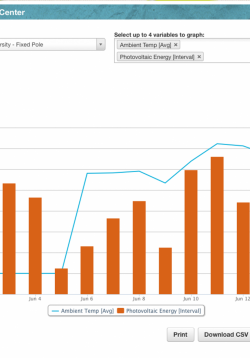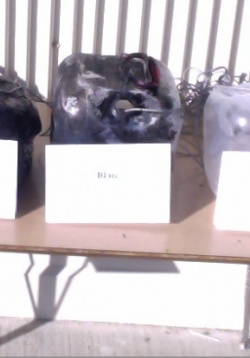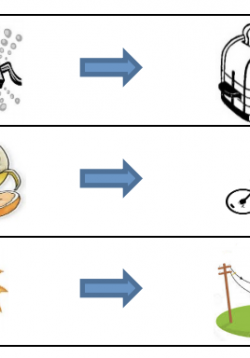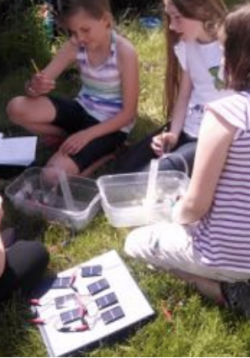Home Energy Use
This lesson is meant to provide students the opportunity to learn about the power usage of items in their home that they are already curious about. Students will learn to use a Watt meter to measure the amount of electricity various electric appliances in...
Observing and Keeping Records
Students will review basic scientific observation methods and the importance of keeping and reporting accurate observations. Teacher will discuss with students the different types of variables that they can use in order to gather data and make conclusions...
Setting Up the Experiment - Solar Water Heating
Students will set up the experiment that they will use to determine the amount of energy from the sun that can be used to heat water and the variables that can help the exchange of heat most effectively. They will accomplish this through setting up simple...
Passive Solar Water Heating: Collecting and Reporting Data, Making Recommendations
Students will explore ways that the sun can be used to heat water and the variables involved in the efficiency of using the sun to heat water for use in homes or businesses. They will determine this through taking measurements of their solar water heaters...
Probes of Prior Knowledge
Teacher will administer worksheet probes (formative assessments) of students’ prior knowledge about “making electricity” and “things that run on electricity.”
Engineering with Renewable Energy: Solar Water Pumping
Students will learn that energy from a renewable resource can be converted to electrical energy to do work by engineering a water pump system powered by the sun. They will compare the volume of water pumped by different designs and graph data collected and...
Pages
- « first
- ‹ previous
- 1
- 2
- 3





